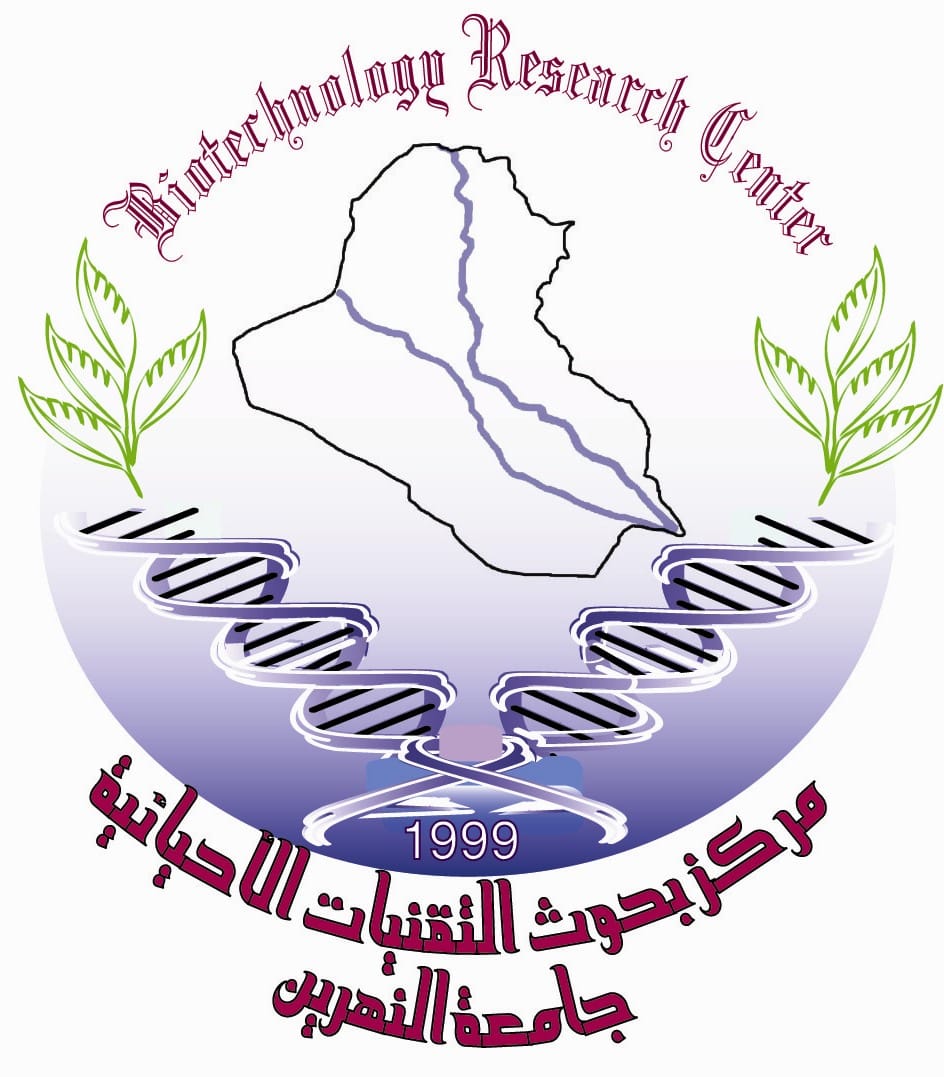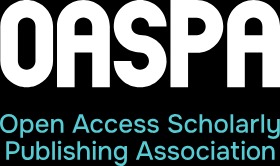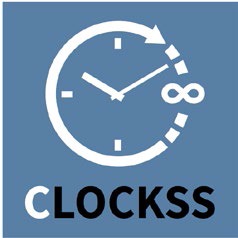Peer Review Process
Peer review is the independent assessment of your research paper by experts in your field. The purpose of peer review is to evaluate the paper's quality and suitability for publication. The peer review process starts once you have submitted your paper to the journal. After submission, your paper will be sent for assessment by independent experts in your field. The reviewers are asked to judge the validity, significance, and originality of your work.
The peer review process
1. Submission of Paper
The corresponding or submitting author submits the paper to the journal. This is usually via an online system.
2. Editorial Office Assessment
The Editorial Office checks that the paper adheres to the requirements described in the journal’s Author Guidelines, and aim and scope. The quality of the paper is not assessed at this point.
3. Appraisal by the Editor-in-Chief (EIC)
The EIC checks assess the paper, considering its scope, originality, and merits. The EIC may reject the paper at this stage.
4. EIC Assigns an Associate Editor (AE)
Journals have Associate Editors who handle the peer review. If they do, they would be assigned at this stage.
5. Invitation to Reviewers
The handling editor sends invitations to individuals he or she believes would be appropriate reviewers. As responses are received, further invitations are issued, if necessary, until the required number of reviewers is secured– commonly this is 2, but there is some variation between journals.
6. Response to Invitations
Potential reviewers consider the invitation against their own expertise, conflicts of interest, and availability. They then accept or decline the invitation to review. If possible, when declining, they might also suggest alternative reviewers.
7. Review is Conducted
The reviewer sets time aside to read the paper several times. The first read is used to form an initial impression of the work. If major problems are found at this stage, the reviewer may feel comfortable rejecting the paper without further work. Otherwise, they will read the paper several more times, taking notes to build a detailed point-by-point review. The review is then submitted to the journal, with the reviewer’s recommendation (e.g. to revise, accept or reject the paper).
8. Journal Evaluates the Reviews
The handling editor considers all the returned reviews before making a decision. If the reviews differ widely, the editor may invite an additional reviewer so as to get an extra opinion before making a decision.
9. The Decision is Communicated
The editor sends a decision email to the author including any relevant reviewer comments. Comments will be anonymous if the journal follows a single-anonymous or double-anonymous peer review model.
10. Next Steps
If accepted, the paper is sent to production. If the article is rejected or sent back for either major or minor revision, the handling editor should include constructive comments from the reviewers to help the author improve the article. At this point, reviewers should also be sent an email or letter letting them know the outcome of their review. If the paper was sent back for revision, the reviewers should expect to receive a new version, unless they have opted out of further participation. However, where only minor changes were requested this follow-up review might be done by the handling editor.










